The 3.3V DC is output from a MCU, how I can convert to a +/-5V signal?
-
1Use amplifier/level shifter. Or if it is a purely digital signal - even some kind of digital switch will work (depending on timing requirements) – Eugene Sh. Dec 14 '20 at 14:40
-
What power voltages are available in your system? – Mattman944 Dec 14 '20 at 14:47
-
A single +3.3V DC power is available . – Eric Leezen Dec 14 '20 at 14:50
-
Surely you can't get +/-5v from a single 3.3v supply without adding some kind of voltage regulator. – Eugene Sh. Dec 14 '20 at 14:51
-
@EugeneSh. signal transformers do exist. See: Ethernet. – Marcus Müller Dec 14 '20 at 14:58
-
What is the next stage after this one - an op-amp with symmetric supplies? If so, how did you plan on supplying it? – Reinderien Dec 14 '20 at 15:06
-
How about with both 3.3V and 5V supply? Is it possible to get +/-5v ? – Eric Leezen Dec 14 '20 at 15:07
-
1The question is what for? Is this for UART comms or for something else? The answer will depend on what the supplies are used for and how much current is needed. – Justme Dec 14 '20 at 15:08
-
Yes, With 5V and 3.3V you can get 5V output. One way is to use a noninverting opamp circuit. This will give you something close to 5V because of saturation. If you have 7 V instead of 5V, this should work fine. Else you can use a transistor driver circuit to drive 5V output using 3.3V gate voltage. You will get exact 5V with this circuit .. – varun Dec 14 '20 at 17:20
-
@varun: your solution only gives a 0 - 5V signal - the OP wants +/- 5V, so it won't help him. – Peter Bennett Dec 14 '20 at 23:32
-
I’m voting to close this question because this has been asked before and I can't find the duplicate – Voltage Spike Dec 15 '20 at 04:17
-
@VoltageSpike I don't understand. If it's been asked before but the duplicate can't be found, how much more chance does the OP have of finding the original? Is there another reason this was closed? – Reinderien Dec 15 '20 at 04:27
4 Answers
A UART driver such as a MAX3232 can do the conversion and also create the +/-5V supply voltages from your available 3.3v supply, all in one device.
Just use the DIN1 and DOUT1 pins.
- 32,097
- 1
- 47
- 74
You use a opamp as an adder/subtractor with the necessary gain. Look up the circuit for subtractor using Opamp, and design the circuit with a gain of 3. The opamp will need a +-5V dual supply. (output=signal*3 -5)
- 189
- 1
- 9
-
3Using a designated comparator is safer than a generic op-amp, apparently due to saturation and speed concerns. – Reinderien Dec 14 '20 at 14:52
As @AdityaChavan suggests, using a comparator can do this for you. Note that you would need a dual boost converter from 3v3 to +/- 5 to supply the comparator. Whether this is advisable (or preferable over the MAX3232) depends on a great number of things including required output bandwidth and current capacity, neither of which you've specified in your question.
Depending on (even more) considerations including distance from the MCU to the driver in the board layout, expected ambient noise, etc. it may be preferable to configure a combined level-shifter-Schmitt-trigger, as shown below. You'll see that RIN1 and RIN2 on the MAX3232 similarly have hysteresis.
For this example, the comparator will only go high on input exceeding 2.5V, and only go low on input less than 1V. Vdd and Vss are the boosted voltages that would need to be provided by another circuit.

simulate this circuit – Schematic created using CircuitLab
- 3,102
- 16
- 28
I've designed this circuit for you. You'd have to use dual supply, +5 and -5 and a rail to rail op amp. You could also use non rail to rail but you'd have to use something like +12 -12 and then get -5V somehow. (Voltage regulator or voltage divider which would maybe need to be buffered).

- 94
- 10

